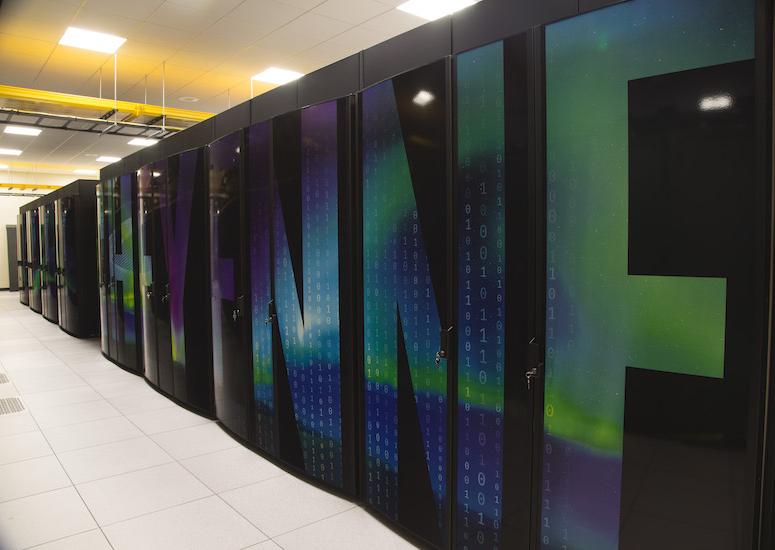-
Washington Update: November 6, 2019
The Senate passed a science funding package, a pair of senators introduced the LEGEND bill to promote public collaboration on NOAA's weather models, and the House held a space weather hearing.
- Government Relations
-
UCAR adds three new universities to nonprofit science consortium
The University Corporation for Atmospheric Research (UCAR) is adding three new member universities to its nonprofit consortium, and three new trustees have been voted to join UCAR's board.
- Organization
-
Statement on the importance of ending all-male speaking panels
"As a leader of this organization I will 'walk the talk' and lead by example. From this point forward, I will decline to serve on any speaking panels for which attention to diversity, equity, and inclusion is not evident in the composition of the panels."
- Organization
-

Microsatellites to take never-before-seen look at the young solar wind
The PUNCH mission will fill the observational gaps to create a seamless view.
- Sun + Space Weather
-

NCAR climate model dataset available on the cloud
A massive dataset that is widely used by the climate and atmospheric research community to study phenomena such as extreme rainfall, ice loss, and extended droughts in North America, is now freely available on the commercial cloud.
- Climate,
- Data,
- Supercomputing
